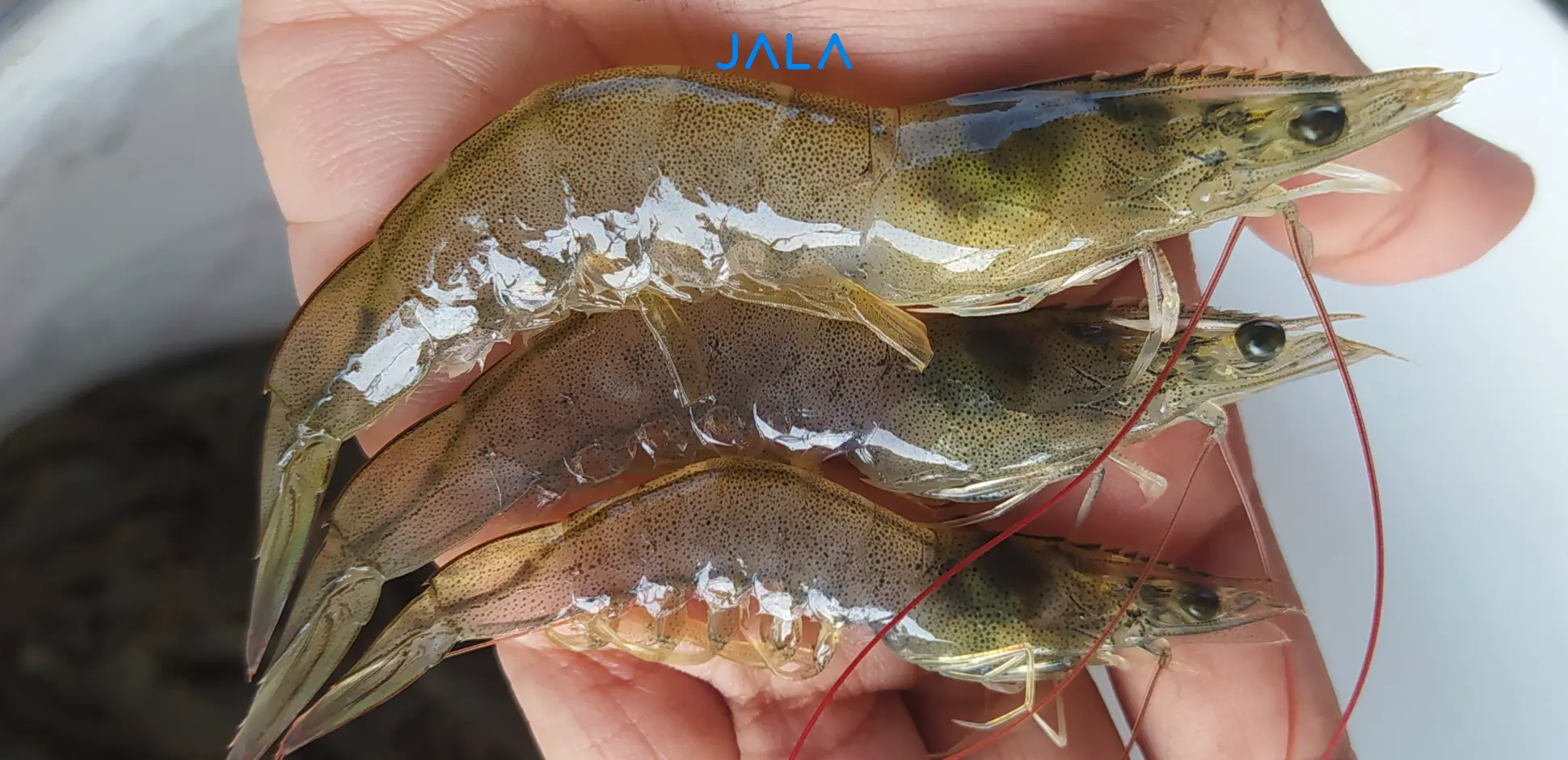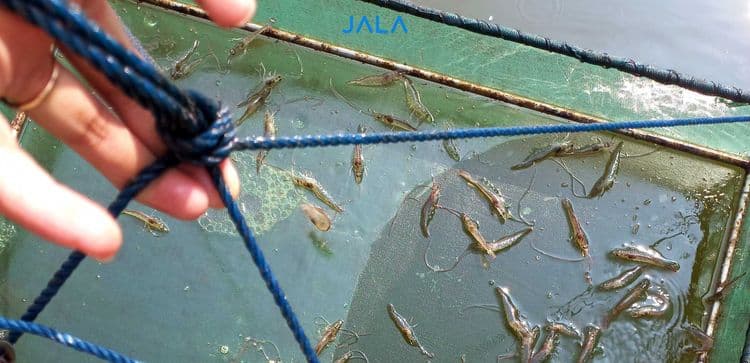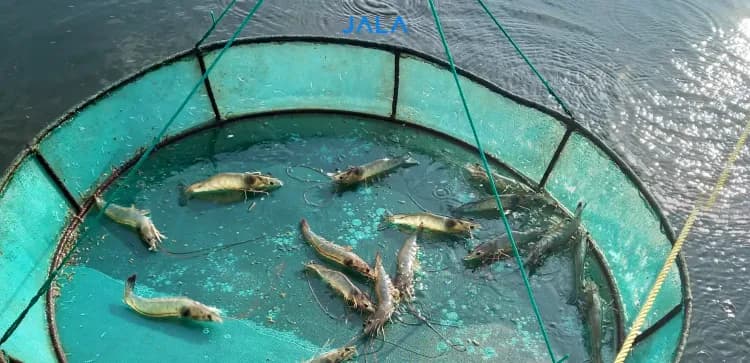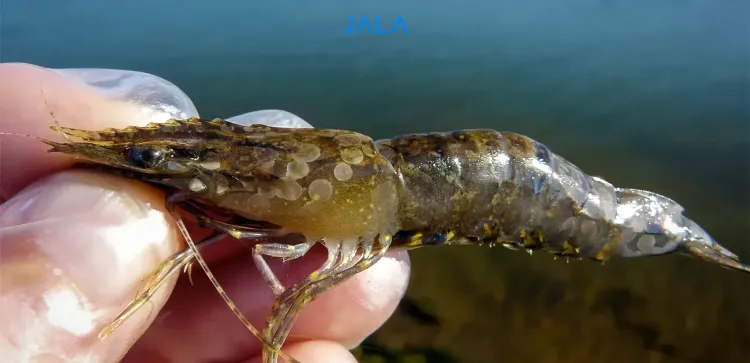
Enterocytozoon hepatopenaei (EHP) is a microsporidia that causes hepatopancreatic microsporidiosis disease in shrimp. This disease was first found infecting tiger shrimp in Thailand in 2009, then spread to India, China, Vietnam, Malaysia, and Indonesia.
What are the symptoms and causes of EHP? What can be done if EHP has infected shrimp in the pond? Find the full explanation below.
EHP Symptoms
EHP is typically characterized by significantly varied and non-uniform shrimp sizes within the same pond. In some cases, shrimp infected with EHP developed white backs, similar to the symptoms of white feces disease (WFD).
Although the mortality rate of EHP is not as severe as other shrimp diseases such as AHPND or IMNV, farmers should not overlook this fungal pathogen disease. If left untreated, this disease can still cause death to shrimp.
Causes of EHP Infection
EHP can spread in shrimp farms due to various causes:
- Contaminated water and sediment. If the pond water quality is poor, EHP spores can survive on the pond bottom for an extended period of time and spread by water circulation.
- Farm equipment that has not been cleaned before use. Unsterile tools can potentially transmit EHP spores across the pond.
- Shrimp fry that have already been contaminated with EHP. The transmission of EHP accelerates, either through feces or cannibalism.
- Leftover feed, feces, and organic sediment. All three have the potential to host EHP spores, raising the risk of infection.





